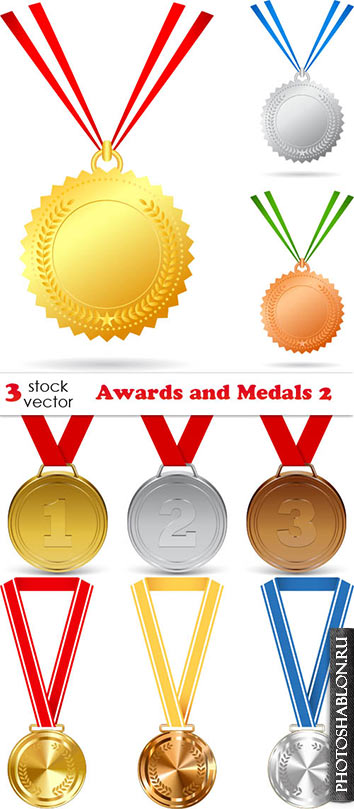
Vectors - Awards and Medals 2
3 AI+TIFF | 12.39 Mb
|
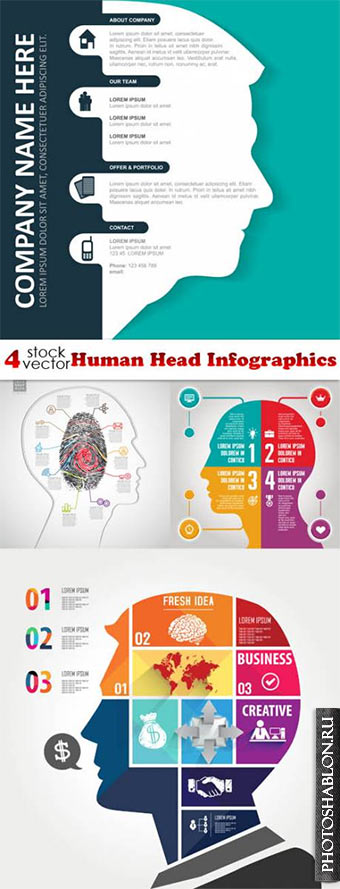
Vectors - Human Head Infographics
Формат: AI (+TIFF Preview) | Количество: 4 | Размер: 107 MB
|

Векторный клипарт - Йога / Vectors - Yoga Set
3 AI+TIFF | 44.82 Mb
|
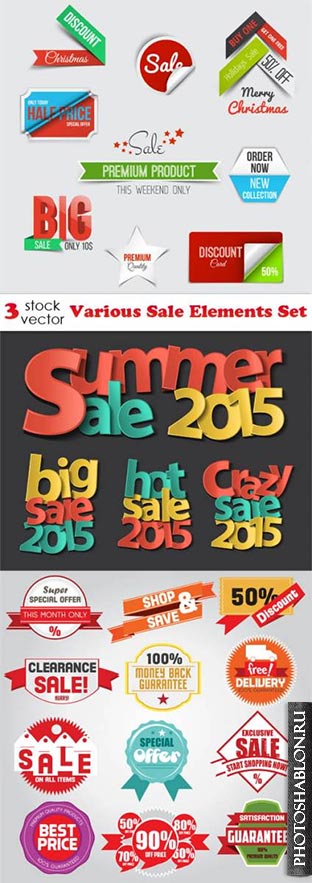
Vectors - Various Sale Elements Set
3 AI+TIFF | 60.91 Mb
|
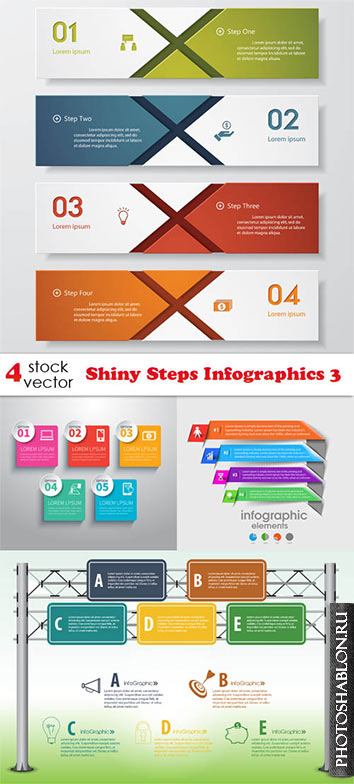
Vectors - Shiny Steps Infographics Set 3
4 AI+TIFF | 77.38 Mb
|
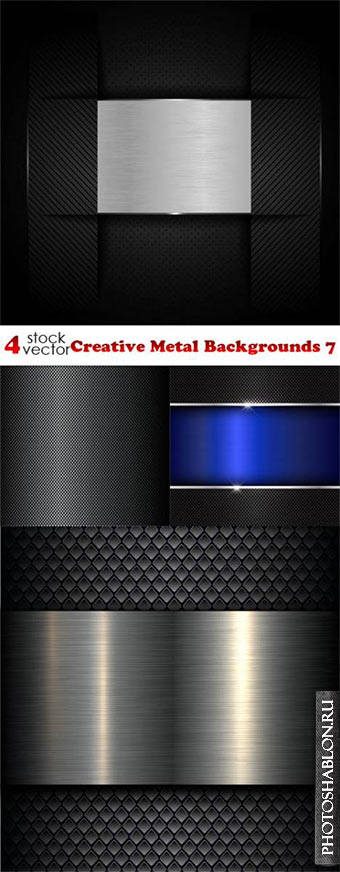
Vectors - Creative Metal Backgrounds 7
Формат: AI (+TIFF Preview) | Количество: 4 | Размер: 108 MB
|
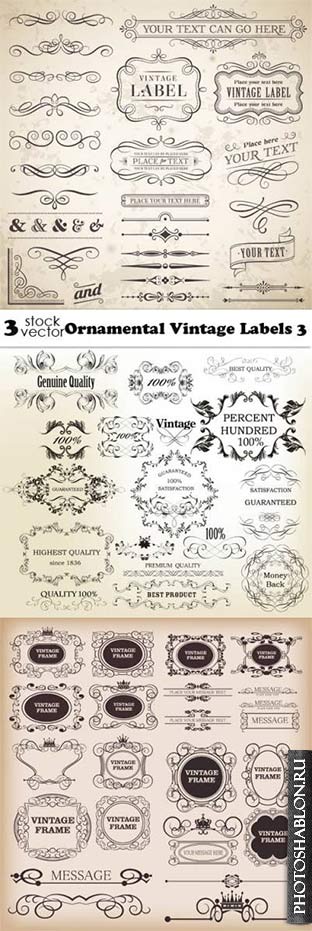
Vectors - Ornamental Vintage Labels 3
Формат: AI (+TIFF Preview) | Количество: 3 | Размер: 69 MB
|

Vectors - Different Stamps Set
Формат: AI (+TIFF Preview) | Количество: 3 | Размер: 64 MB
|

Floral patterns backgrounds stock vector - 9
25 EPS | RAR 52.4 MB
|

Bright colorful abstract backgrounds vector - 6
26 AI, EPS | RAR 129 MB
|
|
Векторная графика, в отличие от растровой, строится не на основе сетки пикселей, а на математическом описании геометрических объектов - линий, кривых, многоугольников. Это позволяет векторным изображениям масштабироваться до бесконечности без потери качества, оставаясь четкими и гладкими даже при многократном увеличении. Каждый элемент в векторном изображении - это независимый объект, который можно редактировать отдельно, изменяя его цвет, форму, размер, положение, и т.д. Это делает векторную графику идеальным выбором для создания логотипов, иллюстраций, шрифтов, и других изображений, где важна четкость и масштабируемость.
Одним из ключевых преимуществ векторной графики является её компактность. Поскольку векторные изображения описываются математическими формулами, а не информацией о каждом пикселе, файлы обычно значительно меньше по размеру, чем их растровые аналоги. Это особенно важно для веб-графики и анимации, где размер файла напрямую влияет на скорость загрузки страницы и производительность. Кроме того, векторные файлы легче редактировать и обновлять, поскольку изменение одного объекта не требует повторной обработки всего изображения, как в случае с растровой графикой.












